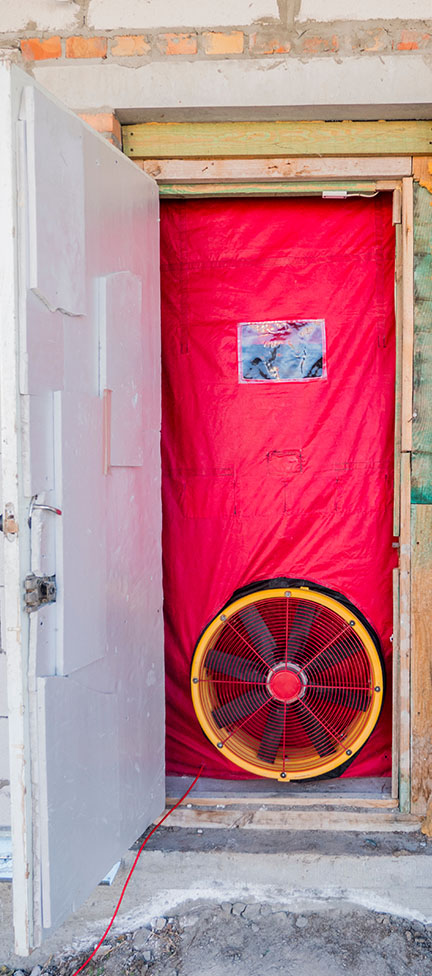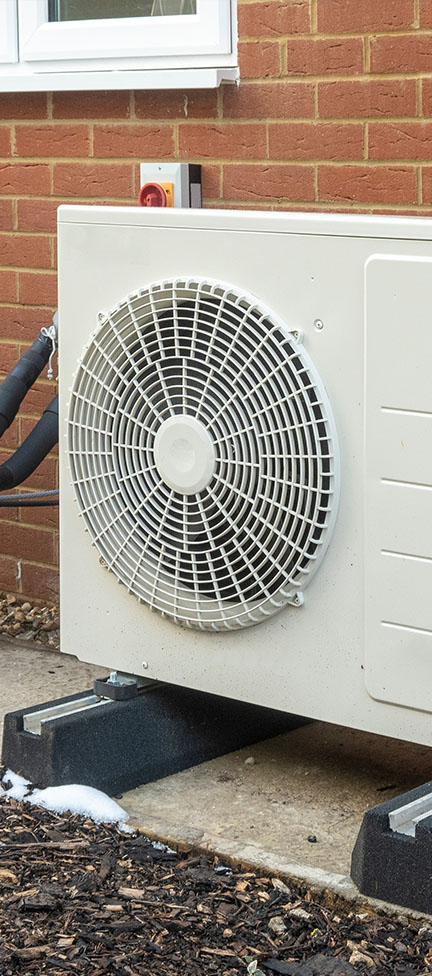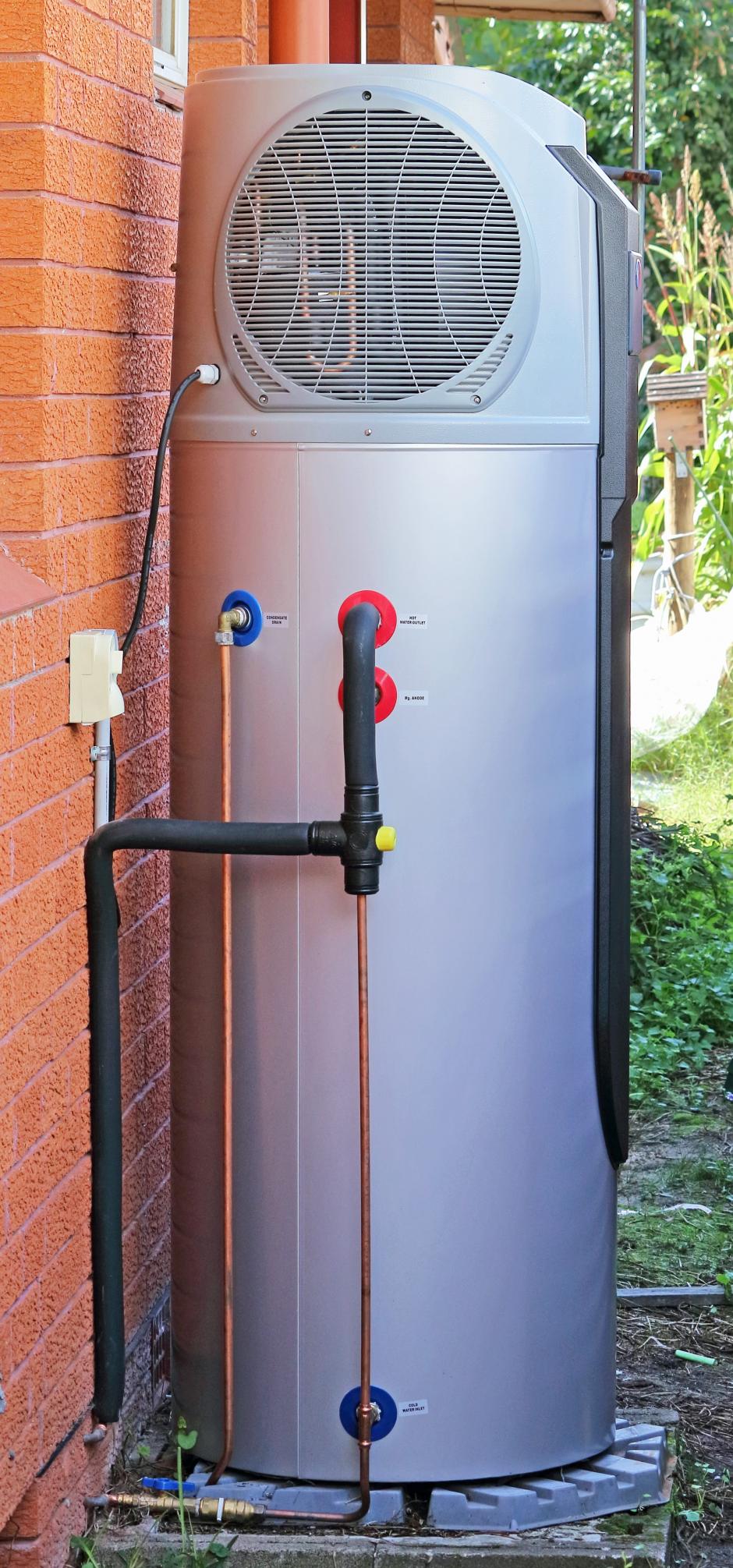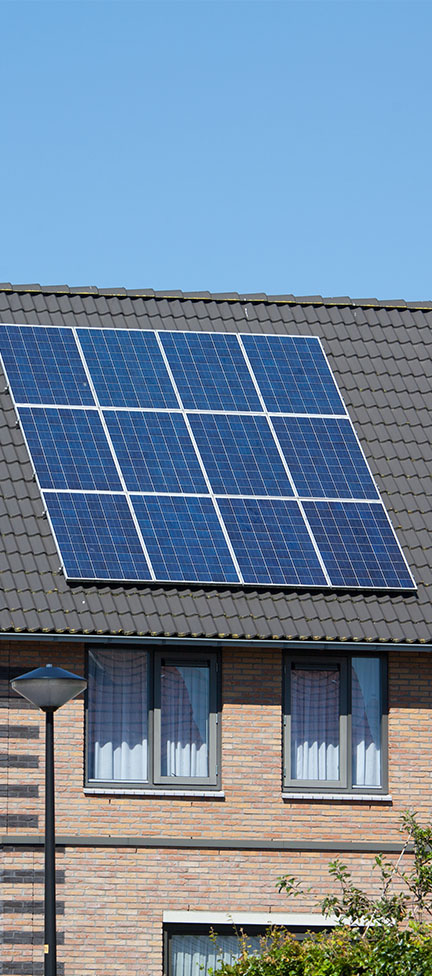
Page updated 12/5/2024
Welcome to the Minnesota residential projects page. Start exploring by clicking on the hypothetical scenario button to see how currently available resources can be combined to save big on home energy improvement projects. Then, explore the sections below for examples of projects that you can do to save on your energy bills and lower your carbon footprint. This is not an exhaustive list; if you’re looking for even more opportunities, explore Xcel Energy’s website.
Weatherization

- What is it?
- Weatherization refers to any improvements you make to your home to reduce the amount of energy required to heat and cool it. Weatherization activities may include working with a contractor to improve air sealing, adding additional insulation, upgrading doors and windows, and other capital improvements focused on the building envelope.
- Why do it?
- Weatherization reduces the amount of energy waste – significantly reducing your costs to heat and cool your home and reducing your home’s carbon emissions. It can also decrease the cost of replacing your heating and cooling systems or installing solar in the future as it may reduce the equipment sizes needed to meet your electricity needs and maintain home comfort.
- Get started with a home energy audit
- First, sign up for a visit from the Home Energy Squad®. Through a Home Energy Squad Planner visit, you’ll receive direct installation of a variety of energy-saving equipment, a professional energy audit of your home, and a full summary report of recommendations. You can receive up to a 30% federal tax credit for completing an audit by December 31, 2025. Then, use this report to prioritize projects, taking advantage of additional IRA funding support.
- Already know which weatherization projects you need to complete?
- Take advantage of Xcel Energy rebates for insulation and air sealing. Each service type has its own rebate to stack up to $3,000 from Xcel Energy if Xcel Energy provides your primary heating fuel.
- Federal IRA funding offers a 30% federal tax credit up to $1,200 for material costs (not installation costs) of weatherization projects completed by December 31, 2025. The tax credit is calculated as 30% of the total cost after rebates have been applied. We recommend you ask your contractor to quote the labor and material costs separately to make it easier to apply for this tax credit. Note that this $1,200 cap applies to weatherization projects and electric panel upgrades done in the same year.
HVAC Heat Pump (Space Heating and Cooling)

- What is it?
- A heat pump is a single electric appliance that can replace either your traditional air conditioner, home heating system, or both. At the simplest level, heat pumps use electricity to move heat from one place to another. Heat pumps designed for cold climates can keep your home warm even when outside temperatures are below -20°F (U.S. Department of Energy). Homes in Minnesota with heat pumps should still consider a backup heat source such as an electric resistance heater, furnace, or boiler to provide extra heat on the coldest winter days.
- Why do it?
- Heat pumps are three to five times more efficient than most current fossil fuel heating systems which may translate to lower operating costs for residents heating with fuel oil or electric resistance heating (Center for Energy and the Environment). Additionally, since heat pumps run on electricity, they are much better for the environment.
- Get started
- Take advantage of one of Xcel Energy’s heat pump rebates (up to $2,000 depending on system efficiency and other factors). Xcel Energy also offers a $600 bonus rebate to customers who install a space-heating heat pump within two years after installing qualifying insulation and air sealing measures. Xcel Energy’s rebates are in addition to federal IRA rebates and tax incentives.
- The IRA offers tax credit for heat pumps and electrical panel upgrades, capped at $2,000 for the heat pump and $600 for associated electrical panel upgrades purchased and installed by December 31, 2025. The tax credit is calculated as 30% of the total cost after rebates have been applied. Xcel Energy offers up to $1,500 in rebates for upgrading your home’s electrical panel.
- The Minnesota Air Source Heat Pump Collaborative breaks down what equipment qualifies for federal incentives.
Heat Pump (Hybrid) Water Heater

- What is it?
- A heat pump (hybrid) water heater is an electric appliance that can replace your existing gas or electric water heater. Heat pump water heaters take heat from the air and transfer it to the water, making them highly energy efficient.
- Why do it?
- Heat pump water heaters use about 65% less energy than standard electric water heaters (ENERGY STAR). While they cost more than most gas and electric-only models, installation is similar and payback time is short, making them a smart choice. These units double as de-humidifiers and keep basements dry without the extra appliance.
- Get started
- Xcel Energy offers rebates of up to $500 for heat pump water heaters. Find qualifying equipment and installers at Xcel Energy’s Water Heater website.
- Take advantage of the IRA’s 30% tax credit for heat pump water heaters purchased and installed by December 31, 2025. The tax credit is calculated as 30% of the total cost after rebates have been applied and is capped at $2,000.
Rooftop Solar

- What is it?
- Rooftop solar provides zero-carbon electricity by turning sunlight into electricity. Solar photovoltaic (PV) panels can be installed on your roof or yard.
- Why do it?
- The energy produced by rooftop solar is completely free (after initial purchase/lease of equipment and installation) and can result in significant energy cost savings over the lifetime of the equipment. Additionally, solar energy generation produces no carbon emissions.
- Get started
- An IRA tax credit can help cover up to 30% of project costs for solar panels installed by December 31, 2025. For help finding a solar contractor, consider visiting the Minnesota Solar Energy Industry Association’s (MnSEIA) installer directory for a list of professional companies.
- Consider also applying for Xcel Energy’s Solar*Rewards. Through this service, you receive annual payments in exchange for the Renewable Energy Credits (RECs) for the energy produced by the system and can sell Xcel Energy the excess electricity generated from your solar system. This excess energy credit is held in your virtual bank to be applied toward future bills. Note: Xcel Energy highly recommends that the construction of your system not commence until after your application receives full approval from the Xcel Energy engineering team and all final agreements are fully signed.
